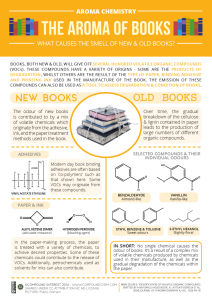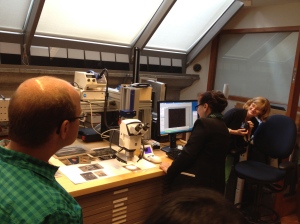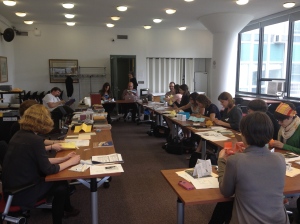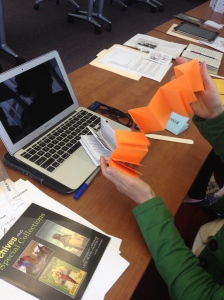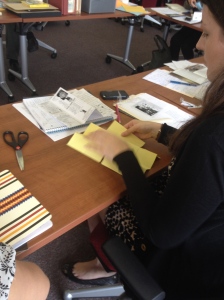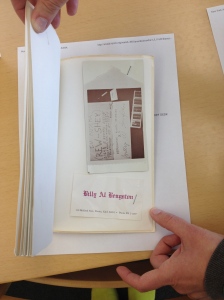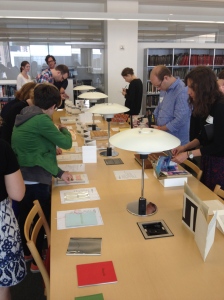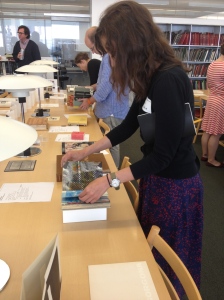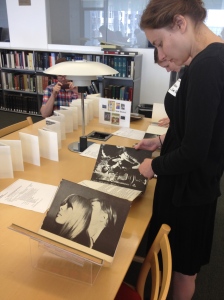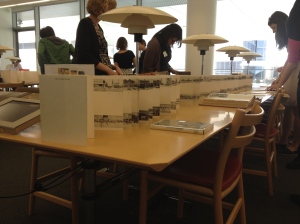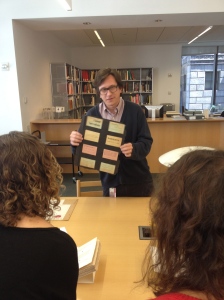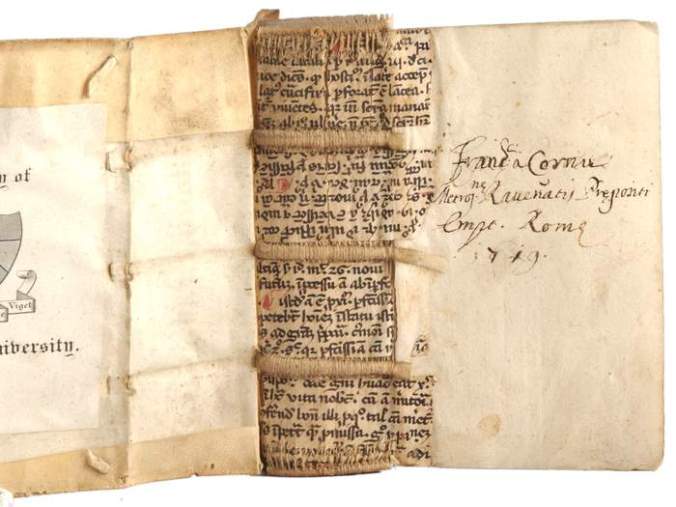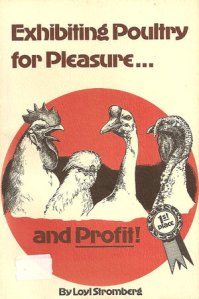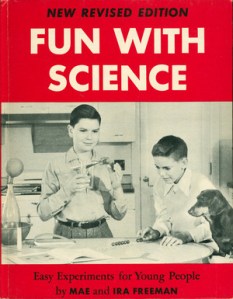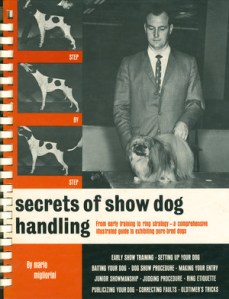Interested in getting more hands-on experience in the different processes we learned about these past two weeks as we studied the technical art history of artists’ books? Here’s some New York area organizations where you can hone your craft, with an eye to understanding historical techniques:
Bookmaking:
The Center for Book Arts offers workshops on bookbinding and letterpress. At the time of writing, they have a Groupon for their weekend workshops, which are normally $325, available for $150. They are offering a Summer Intensive Workshop from July 12-20th for $1250. The New York Academy of Art will also offer a bookbinding class this fall.
Photography:
The Center for Alternative Photography at the Penumbra Foundation offers workshops on a variety of historical processes. A collodion wet plate class costs about $500 for a two-day, 16-hour course. The George Eastman House also offers workshops in historical processes. Their 3-day, 24-hour developed-out salt paper print workshop this fall costs $570. John Coffer’s Camp Tintype limits participants to 4 students and costs $900 for a 3-day workshop covering ambrotypes, ferrotypes, glass plate negatives and albumen prints. The program is located on his farm in Dundee, NY, in the Finger Lakes region and comes with free camping. He also sells DVDs and kits so you can do wet-plate collodion at home.
Printmaking:
The New School offers courses through its continuing education. Its 12-session, 30-hour Introduction to Printmaking costs $719. The Manhattan Graphic Center boasts “three etching presses, three lithography presses, a silkscreen area, and a complete darkroom.” Their 3-day, 18-hour photogravure class this summer costs $395 and their 9-week, 27-hour intaglio/etching class costs $455. The Lower Eastside Printshop also offers workshops, such as their 6-week, 18-hour intaglio class this fall for $395, which will cover 5 different processes: “hard and soft ground etching, aquatint, sugarlift, and spitbite.” Also in Manhattan, the Robert Blackburn Printmaking Workshop Program of the Elizabeth Foundation for the Arts offers classes, such as their Introduction to Etching, a 4-session, 12-hour class for $345. The New York Academy of Art also offers a introduction to printmaking class, a 12-session, 26-hour class for $545. The National Academy School offers a few printmaking classes as well. A 4-week, 60-hour summer course, “Learning the Techniques of Printmaking,” costs $620.
Papermaking:
If you would like to learn more about papermaking, Dieu Donne Papermill in Chelsea is an excellent non-profit resource, which has been in existence since 1976. Their three-hour classes on topics such as “Casting with Molds & Laminate Casting” and “Embedding & Blowouts” costs $85 plus a materials fee.
Painting:
Although we didn’t study painting techniques these past two weeks, many of us were interested in learning more about the technical art history of painting. A great resource for historical painting techniques is Kramer’s Pigments in Manhattan, which hosts workshops. They will be having a tempera painting and guilding master class this fall, September 15-19th, which will be organized around a trecento panel at the Metropolitan Museum and is $600. Other workshops are medium specific and are actually free, such as on “pigments & grounds,” “acrylics and watercolors,” and “oils.”
A little bit further afield at the Spannocchia Foundation in Siena, Italy, Margaret Krug, the author of An Artist’s Handbook: Materials and Techniques runs a two-week workshop Paintings on Panel, including encaustic, tempera, and oil. Cost $3,100.
The New School Continuing Education, the Cooper Union Continuing Education, the New York Academy of Art, the New York Studio School, the National Academy School , and the Art Students’ League offer a variety of classes on painting, drawing and sculpting more generally.
If anyone knows of other workshops, please let us know in the comments field, or send me a tweet!
